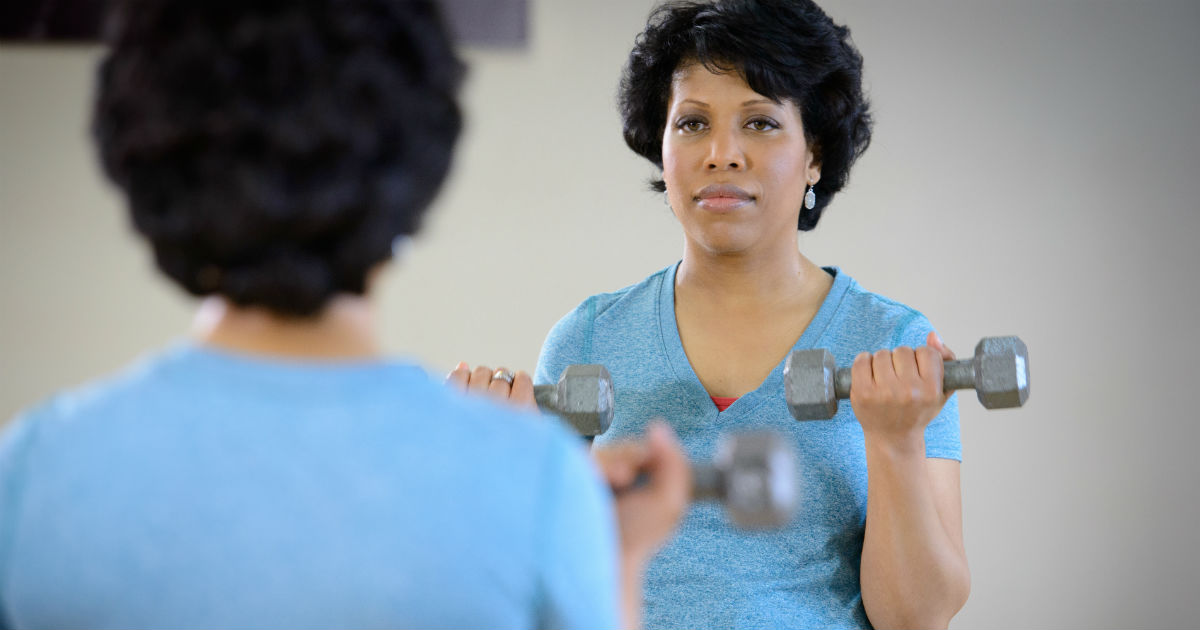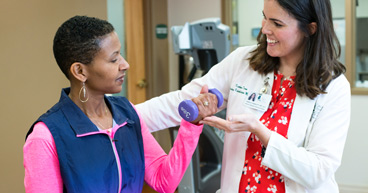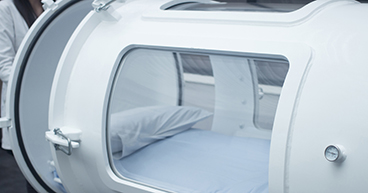
Showering, getting dressed and eating breakfast are tasks many people perform almost every morning. But for people who have undergone cancer treatment, simple tasks like those are often challenging and exhausting. To help manage these challenges, your cancer care team may include occupational therapy, which may help patients live more independently, perform their daily duties a little easier and improve quality of life.
What’s the difference? PT and OT
Many people think physical therapy (PT) and occupational therapy (OT) are the same. And they do have common goals: to help people recover from a physical setback, such as an illness or injury. Both are designed to help patients avoid new injuries and perform their daily activities more easily. But there are distinct differences between the two.
What is physical therapy?
Physical therapy strengthens the body or a specific area of the body. Let’s say a patient is having trouble getting in and out of his car. A physical therapist will work on strengthening muscles to help the patient maneuver more easily. PT may also be prescribed to:
- Help a patient recover from surgery to regain strength and mobility and help relieve pain.
- Help a patient recover from an injury, such as a sprain, a broken bone or herniated disc.
- Help a patient exercise with proper form and technique to prevent injury
What is occupational therapy?
Occupational therapy is intended to identify compensation skills and tools to help overcome physical challenges. For that patient having trouble getting in and out of his car, an occupational therapist may recommend adding an extra handle to the car to make getting in and out easier.
Occupational therapy touches on many other areas, including:
- Cognition: Offering activities that may help improve memory, problem-solving and organization.
- Fall prevention: Helping patients walk steadily and confidently and making the home safer by clearing paths and removing obstacles.
- Caregiver education: helping caregivers to learn skills to help them take the best care of people during and after treatment.
- Low vision: Assist patients who may have double vision, or difficulty seeing in low light. Some solutions might include adding a nightlight to certain areas of the home, or making the transition from carpet to tile more obvious.
How does OT help you with everyday living?
A primary goal of OT is energy preservation. Sometimes, that means adding adaptive equipment, a device that is used to preserve energy. For some patients, a shower may be exhausting. An occupational therapist may recommend adding a shower bench or using a handheld showerhead while washing. Even something as simple as using a long-handled bath sponge may mean the difference between needing assistance while showering and being able to shower independently.
OT often modifies daily routines at home to help preserve energy. For instance, lifting laundry baskets and walking them down the stairs may be challenging. By using a laundry bag with rollers, you are able to exert less energy while still performing this basic task. Washers and dryers may also be put on risers so there’s less need to bend down while doing laundry.
Aside from energy preservation, occupational therapists also perform scar relief to help increase range of motion, decrease pain, and increase self-image. A hand massage of a scar may help reduce scar tissue over time. Occupational therapy may also address emotional aspects of cancer recover, such as self-esteem and body image issues. For a breast cancer patient who has undergone a mastectomy, re-learning how to be comfortable in front of a mirror again may help her regain a positive self-image.
The exercises and skills a patient learns during occupational therapy depend on the goals they wish to achieve. With the help of an occupational therapist, you may decide what’s important for you, and work on applying the necessary modifications to achieve maximum independence.
Learn how to exercise empathy to support someone with cancer.



